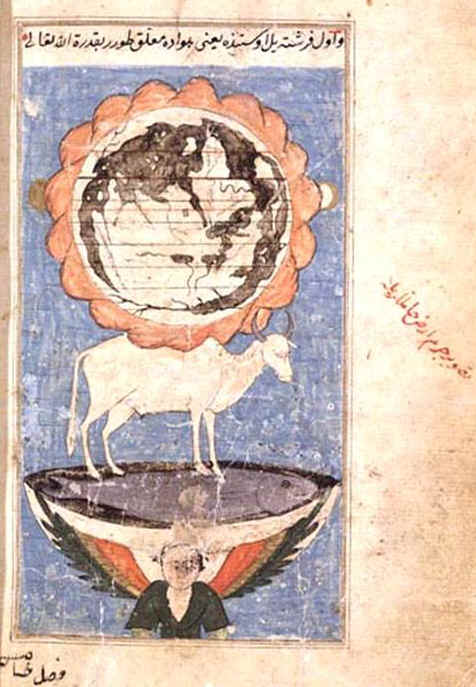Mohammed_123
Star
- Joined
- Jun 4, 2021
- Messages
- 1,230
I noticed one thing....the MOON god/godess is missing.Taken from BARD AI
Kukulkan is a Mesoamerican deity, worshipped by the Maya, Toltecs, and Aztecs. He is a feathered serpent god, and is often depicted as a human with a snake's head. Kukulkan is a creator god, and is associated with the sun, wind, and rain. He is also a god of wisdom and learning.
Kukulkan is a very important deity in Mesoamerican mythology. He is often seen as a symbol of hope and renewal. The Maya believed that Kukulkan would return one day to save them from destruction.
The most famous depiction of Kukulkan is at Chichen Itza, Mexico. There, a large pyramid is built in the shape of a serpent. On the spring and fall equinoxes, the sun casts a shadow on the pyramid that creates the illusion of a serpent slithering down the side of the pyramid. This is known as the "Feathered Serpent" or "Snake Dance."
Kukulkan is a complex and fascinating deity. He is a symbol of hope, renewal, and wisdom. He is also a reminder of the rich and vibrant culture of Mesoamerica.
Here are some of the attributes of Kukulkan:
- Creator god
- God of the sun, wind, and rain
- God of wisdom and learning
- Symbol of hope, renewal, and wisdom
- Associated with the snake
- Depicted as a human with a snake's head
- Important deity in Mesoamerican mythology
- Believed to return one day to save his people
i found this on BARD AI
The Mayan moon goddess was Ixchel. She was a powerful deity who was associated with fertility, weaving, medicine, and midwifery. She was also the patron goddess of the month of Ch'en, which is the month of the rainy season.
Ixchel was often depicted as a young woman with long flowing hair. She was sometimes shown wearing a crescent moon on her head, and she was often associated with water and snakes.
Ixchel was a very important figure in Mayan culture. She was worshipped by both men and women, and she was often prayed to for help with fertility, childbirth, and healing. She was also a symbol of hope and renewal, and she was often depicted as a pregnant woman.
Ixchel's importance can be seen in the fact that she was worshipped at many different Mayan temples and shrines. She was also the subject of many myths and legends, which helped to spread her cult throughout the Mayan world.
Ixchel's legacy continues to this day. She is still worshipped by some modern Maya, and she is often depicted in art and literature. She is a reminder of the importance of women in Mayan culture, and she is a symbol of hope and renewal for all people.
Last edited:



